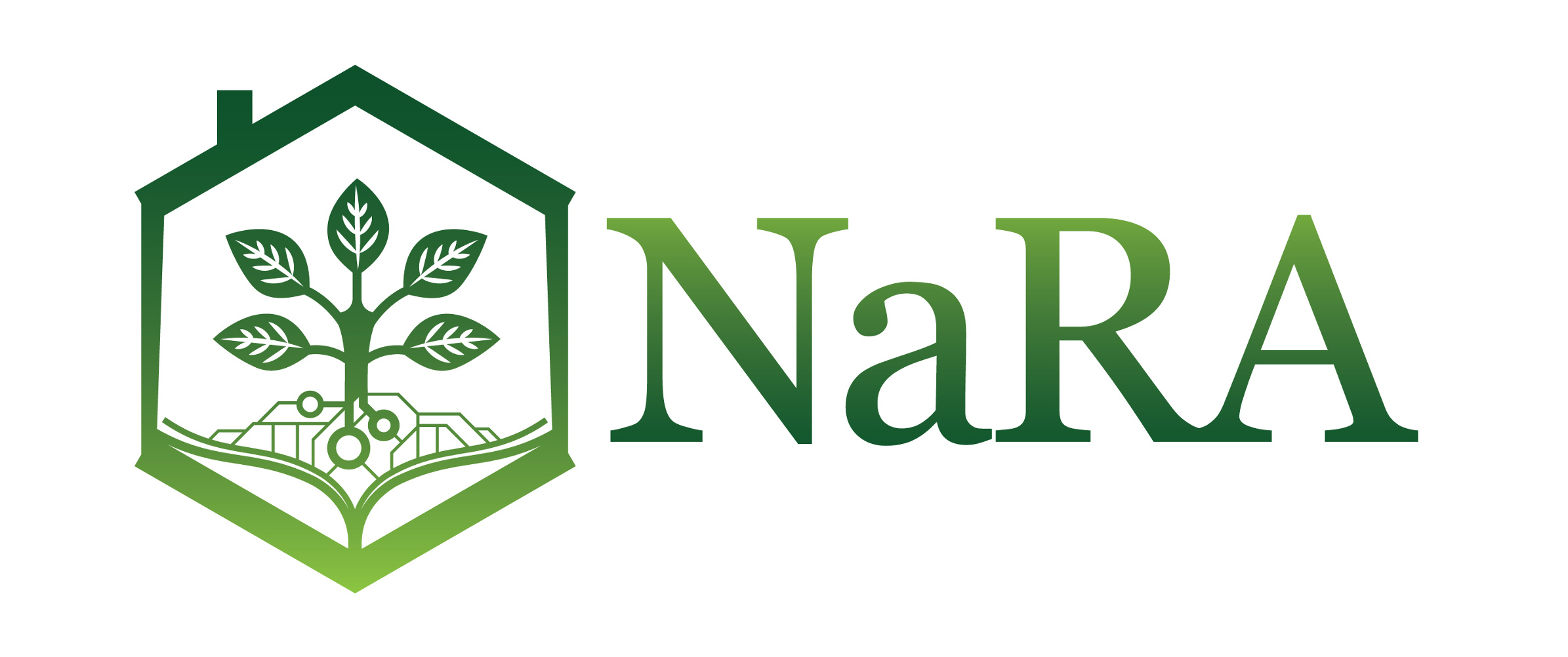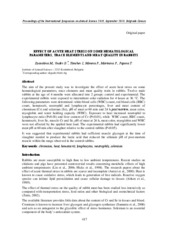Effect of Acute Heat Stress on Some Hematological Parameters, Trace Elements and Meat Quality in Rabbits
Author
Dyavolova, M
Gudev, D
Yanchev, I
Moneva, P
Marinova, P
Popova, T
Keywords
chromiumheat
hematocrit
lymphocytes
neutrophils
selenium
Metadata
Show full item recordAbstract
The aim of the present study was to investigate the effect of acute heat stress on some hematological parameters, trace elements and meat quality traits in rabbits. Twelve male rabbits at the age of 4 months were allocated into 2 groups: control and experimental. The experimental rabbits were exposed to intermittent solar radiation for 4 hours at 36 °C. The following parameters were determined: white blood cells (WBC) count, red blood cells (RBC) count, hematocrit, neutrophil and lymphocyte percentages, liver and meat content of chromium (Cr) and selenium (Se), pH of meat at 60 min and 24 h post mortem, meat color, myoglobin and water holding capacity (WHC). Exposure to heat increased neutrophil to lymphocyte ratio (P<0.01) and liver content of Cr (P<0.01), while WBC count, RBC count, hematocrit, liver Se, muscle Cr and Se, pH of meat at 24 h, meat color, myoglobin and WHC were not affected by the applied heat load. The experimental rabbits had significantly lower meat pH at 60 min after slaughter relative to the control rabbits (P<0.05).
It was suggested that experimental rabbits had sufficient muscle glycogen at the time of slaughter needed to produce the lactic acid that reduced the ultimate pH of post-mortem muscle within the range observed in the control rabbits.



